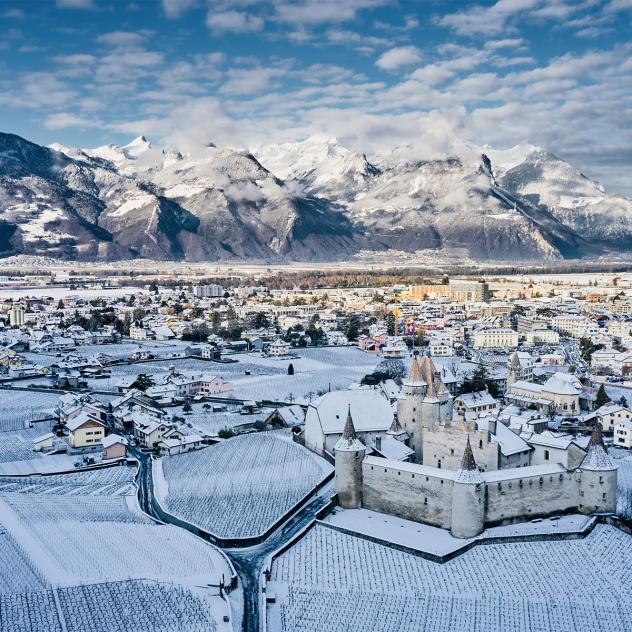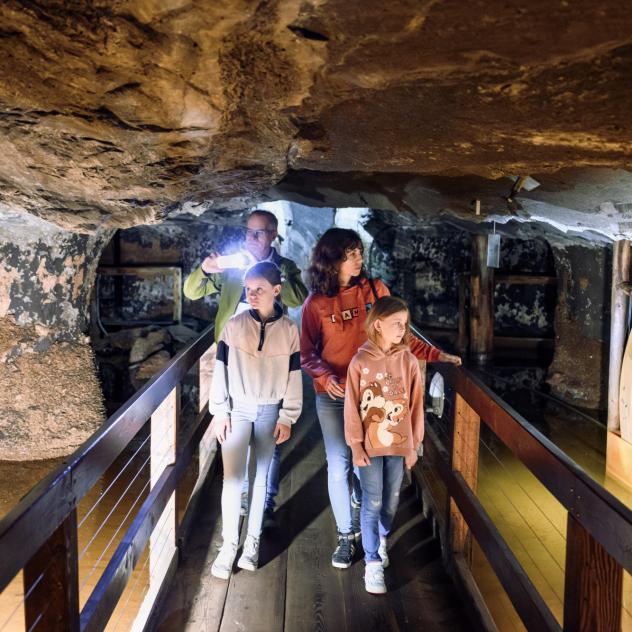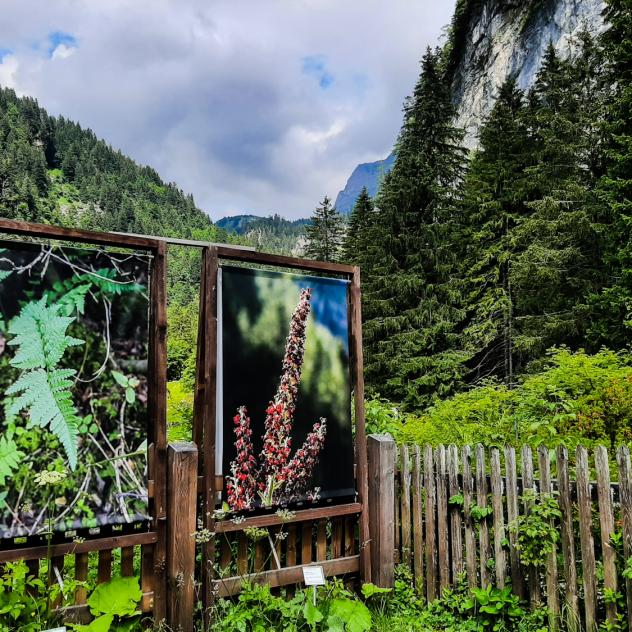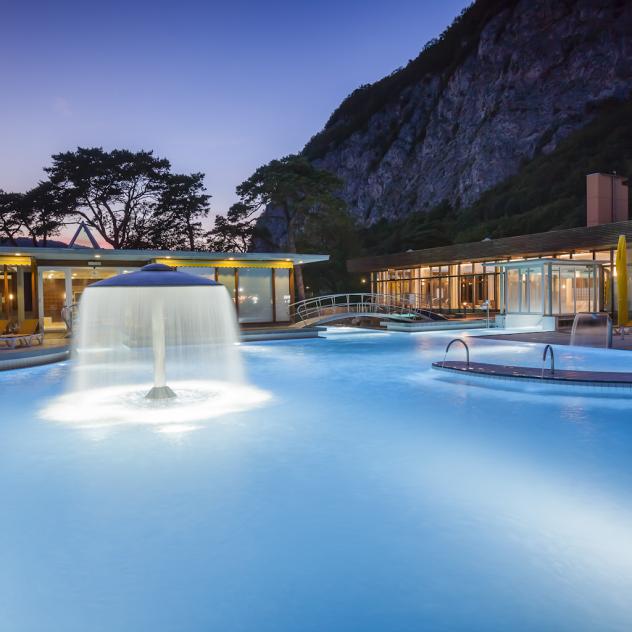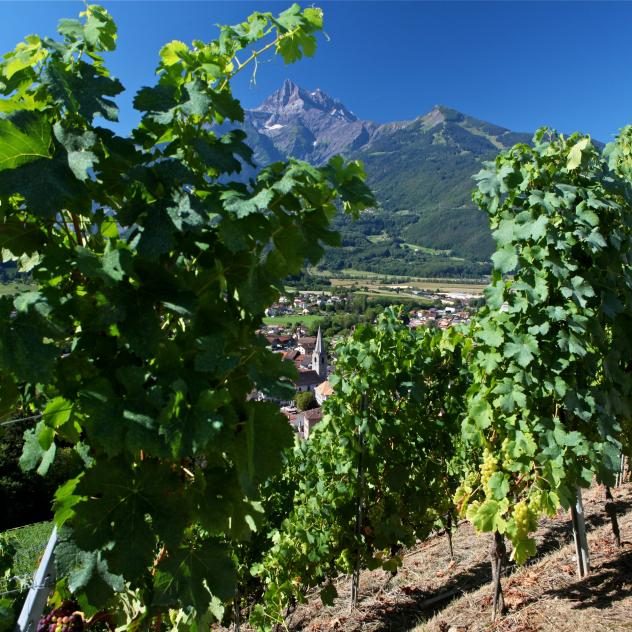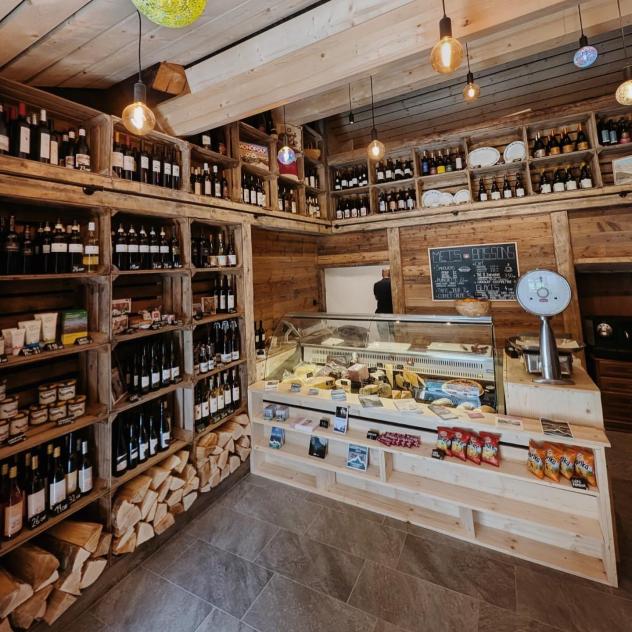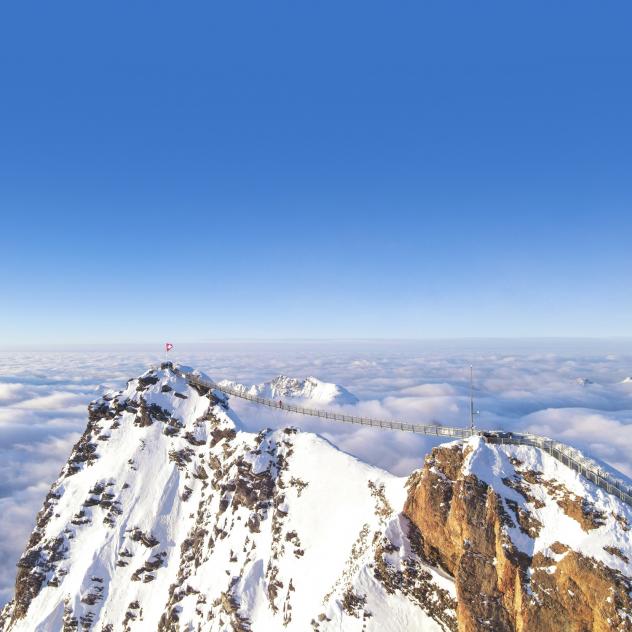
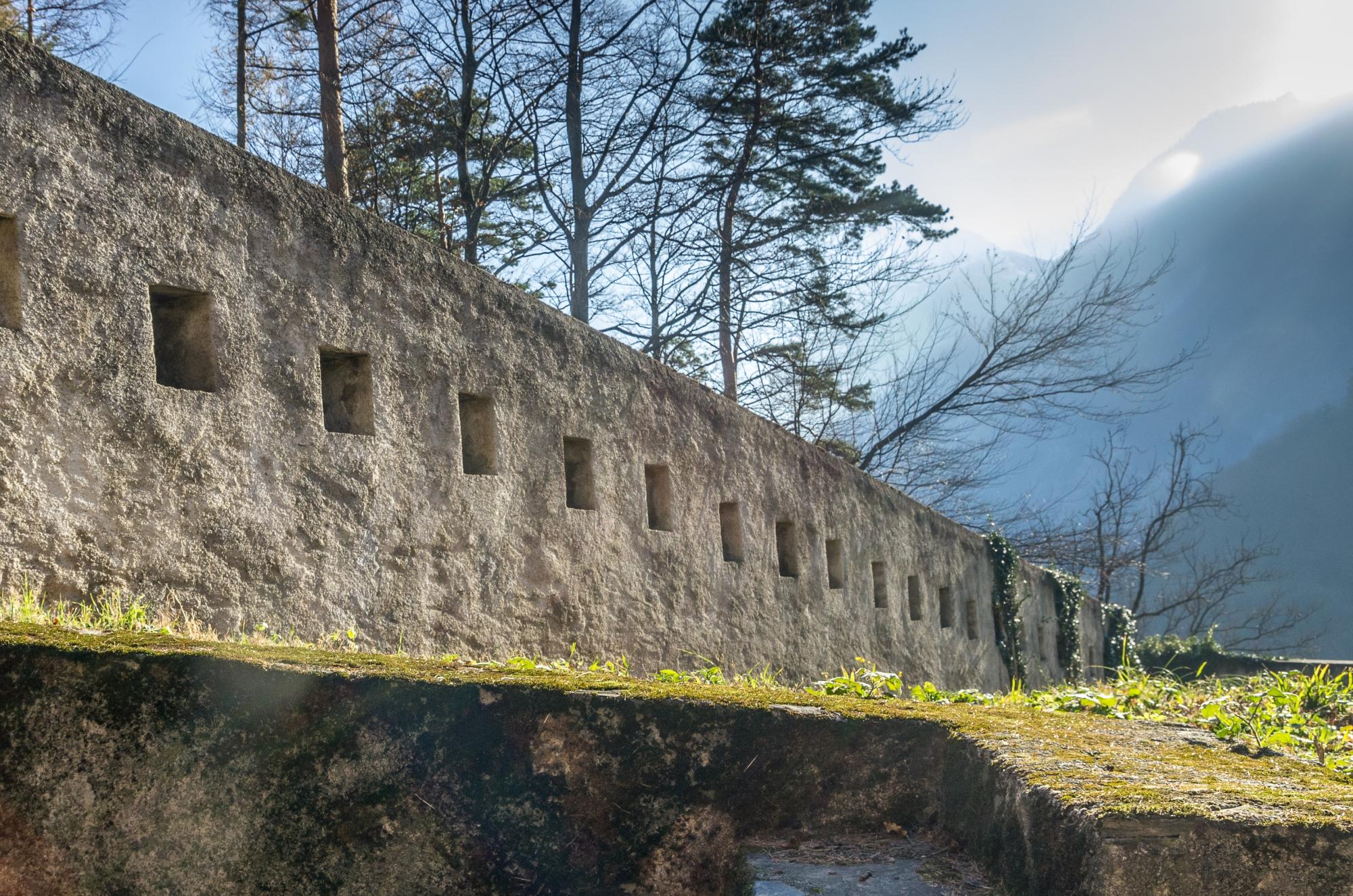
Overview
Fortifications built from 1830 on the Vaud and Valais sides of the Saint-Maurice gorge to protect it against any attempt at foreign invasion. The work was carried out by Colonel Dufour, a military man and engineer from Geneva, who was also a renowned cartographer. He made perfect use of the terraced terrain, which had been carved out by the retreating Rhone glacier some 15,000 years ago. Made up of various works - crenellated walls, redoubts, batteries - these fortifications bear witness to Switzerland's efforts to defend its neutrality and prevent the passage of foreign troops. They are a cultural asset of national importance.
The Saint-Maurice pass is an obligatory passage for anyone travelling from the south to the north (or vice versa) via the Great St Bernard Pass. The Romans, like the Celts, understood this well, as they already controlled this pass and levied a right of passage. The Abbey of Saint-Maurice and then the Dukes of Savoy took over. The "cantonal" Vaud (Bern)-Valais barrier lasted from 1475, at the time of the Burgundy wars and the Bernese occupation, until 1798, the date of the Vaud Revolution.
In 1815, after the Napoleonic Wars, Switzerland became a confederation and the Congress of Vienna recognised Swiss neutrality. To defend this neutrality and the country - which was still only an alliance between cantons - the Federal Diet decided in 1830 to fortify several passages, including that of Saint-Maurice. At that time, Switzerland was in difficulty with its large neighbour France due to various differences of opinion, so some defensive precautions were taken.
The work on these fortifications was entrusted to Colonel Dufour. They required a reconnaissance of the terrain, which he had undertaken as soon as the federal army was created in 1815, of which he was one of the main architects. The idea was to protect the Saint-Maurice bridge - in the 1830s, this was the only one that allowed the Rhône to be crossed from Lake Geneva - and to prevent it from being bypassed.
The works were not buried because, at the time, the cannons were not yet rifled and their effectiveness was uncertain. The works on the right bank were designed to block the passage of an adversary coming from Bex and to surround all the areas around the bridge, thus guaranteeing possession of the heights above it. These were mainly crenellated walls, palanques, batteries (Gauthier - Arzillier - Capucins), the Lavey bastioned front, the Crête redoubt, earthen ramparts and ditches. These first fortifications were completed in 1848 - another moment of European crisis -, in 1859 and 1892, then abandoned at the end of the century to be replaced by the Dailly fortress.
It should be noted that one of the works, the Rhône battery, completely closed off the passage on the road to Bex. It crowned a prominent rocky bar and was destroyed in 1959.
The passage of the cantonal road and then the motorway changed the appearance of the passage and the fortifications, which can still be visited today.
In 1847, during the Sonderbund war between the Catholic and Protestant cantons, these fortifications marked the border between the belligerents. The surrender of the Sonderbund was signed at Sous-Vent in November 1847. Colonel Dufour was then the general-in-chief of the federal troops.
Source:
J. Langenberger, M.-C. Morand, Le Général Dufour et Saint-Maurice (Cahiers d'archéologie romande 35), St-Maurice, 1987.
Translated with www.DeepL.com/Translator (free version)
Location
Getting to Bex
Car parks and transport
Brochures and maps
Practical information
- location_on
Office du Tourisme de Bex
Avenue de la Gare 68
1880 Bex
- phone_in_talk
+41 24 463 30 80
- mail
info@bex-tourisme.ch
Facebook
Instagram

